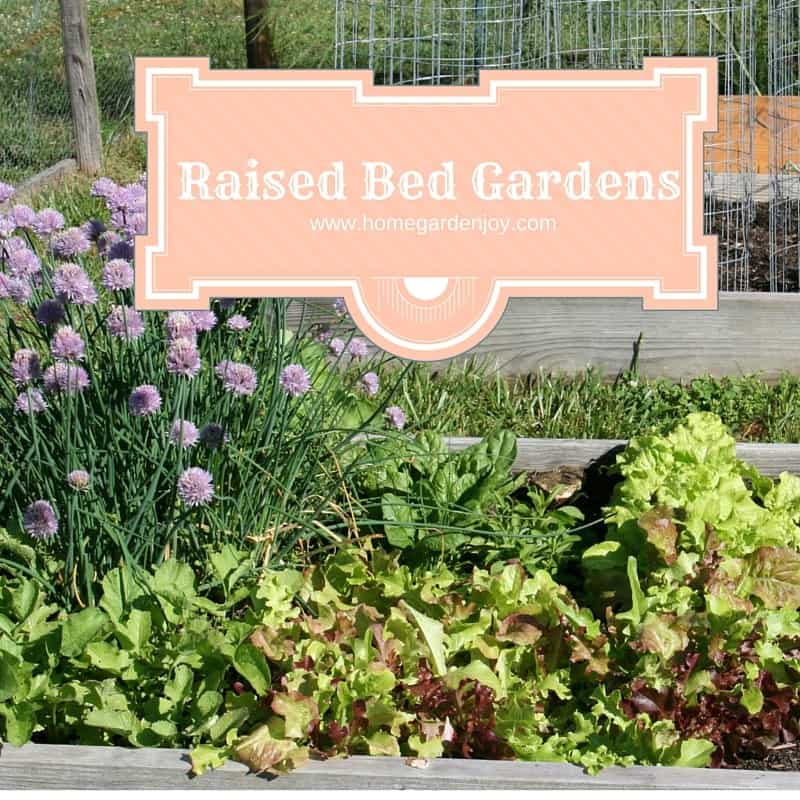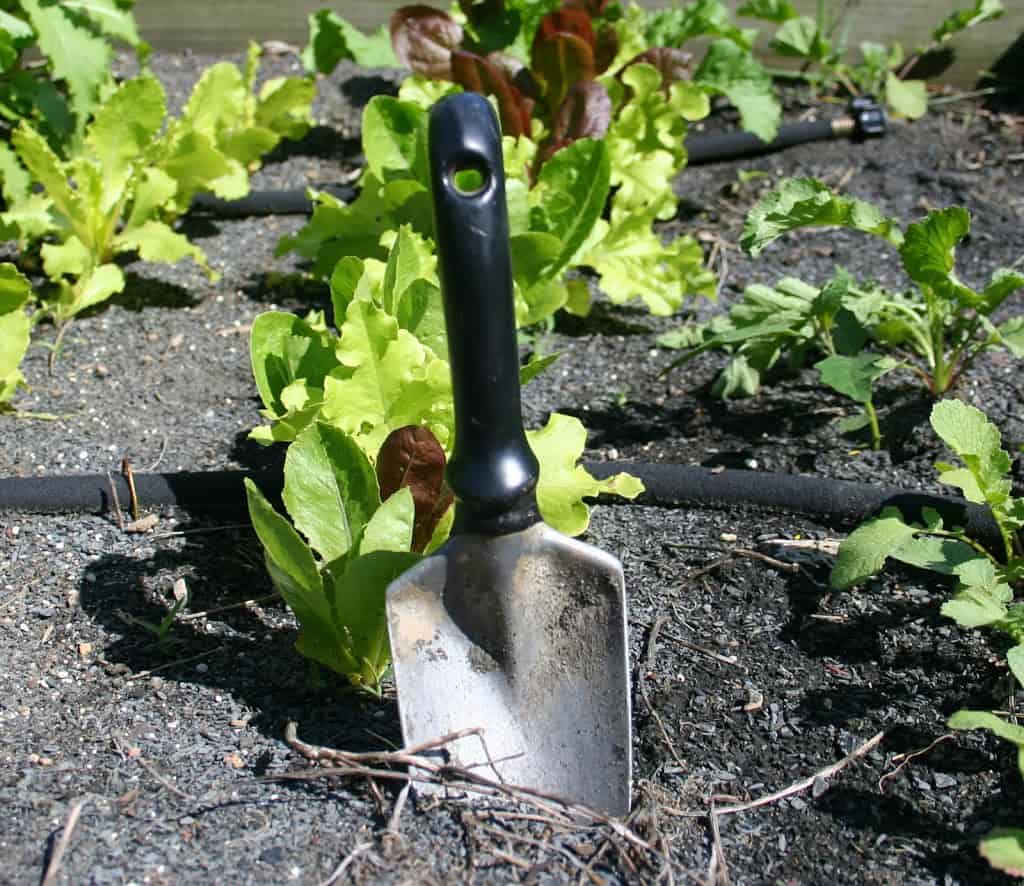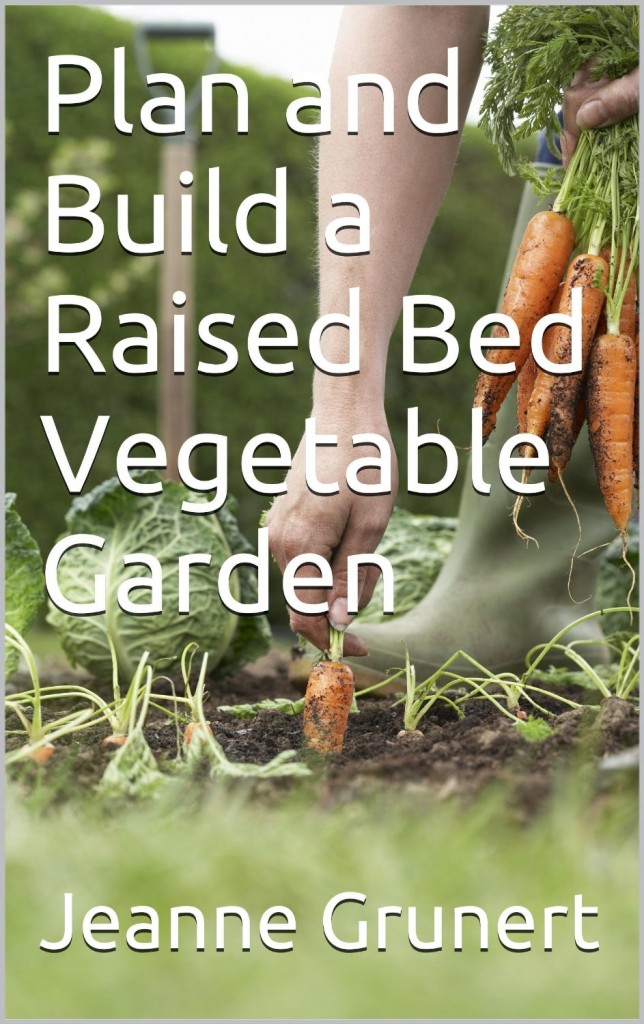
Raised bed vegetable gardens are one of the best ways I know of to grow organic vegetables.
 |
| My vegetable garden in the spring. |
- Light: All vegetable gardens need six or more hours of bright, direct, unobstructed sunshine each. That means that if you have a shed, a garage or a tall tree nearby and it blocks the light for a good part of the day, it’s probably not a good area for a vegetable garden. You can grow a few vegetables in partial shade (and I’ve done it before, back in Huntington, Long Island, when I had mature trees in the neighbor’s yard shading my garden) but you won’t be able to grow the wide variety of vegetables most gardeners crave. So your first priority should be light.
- Water: Next, your new garden will need water, and plenty of it. Yes, rainwater will supply moisture, but during the summer months of periods of drought, you’ll need to supplement natural rainwater with additional water. Your vegetable garden needs to be near enough to a water source so that it’s not hard for you to turn on the hose or sprinkler and water your plants during the hot summer months. Don’t count on dragging a watering can around to your garden; trust me, that gets old, fast. A watering can is fine for a pot of tomatoes on the deck or a window box full of herbs, but for a large-scale vegetable garden, you will need water close by.
- Area: How big will your garden be? It needs to be large enough so that you can plant a variety of vegetables, yet not so big that you’ll feel overwhelmed with tending it. I’ve found that a few raised beds go a long way for a small family. Leave enough space to add more if you feel so inclined later.
Get My Book on Raised Bed Vegetable Gardening
MY BOOK: Plan and Build a Raised Bed Vegetable Garden
My new 42 page book shares with you step-by-step information on how to plan and build your very own raised bed vegetable garden. From pathways to soil considerations, I’ll share with you the tips, tricks and insights I’ve gained from building over a dozen raised beds in my vegetable garden.
Paperback: Plan and Build a Raised Bed Vegetable Garden ($7.99)
Ebook: Plan and Build a Raised Bed Vegetable Garden $2.99







Thanks for the organic garden tips! Personal organic vegetable gardens are a great way to harvest sustainable and healthy snacks for your family and you show how simple they can be. – Emme @ Green Global Travel
We’ve been tossing around the idea of making a raised bed. These will give us some great tips and ideas for doing the project. Thanks for sharing at the #HomeMattersParty – we hope to see you again next week. 🙂
~Lorelai
Life With Lorelai
What great tips!! We live in the mountains and the soil is a hard clay. We had to do raised beds for our garden and it made a huge difference!! #HomeMattersParty
After several tries I “think” I am happy with where I have my raised beds this year. I won’t know for sure for months, though. It’s been great co-hosting the #HomeMattersParty with you.
Great gardening tips. Planning to plant seasonal vegetables with drip system. Will definitely give it a try!